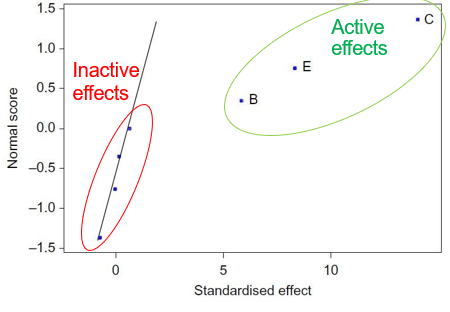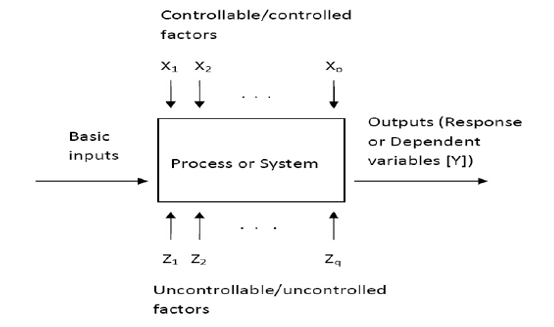Design of Experiments (Unit 5)

Design of Experiments (Unit 5) Design of Experiments - Unit 5 - DOE - SRMIST Syllabus Types One-way ANOVA - 1 factor & at least 2 independent levels. Define NULL & Alternate hypothesis. State Alpha. Calculate DOF. State decision rule. Calculate the test statistic. State result. State conclusion. Two-way ANOVA - At least 2 factors that have dependent or independent levels. Three-way ANOVA Diagrammatic understanding. Assumptions of ANOVA Normality of sampling distribution of means I ndependent of errors Absence of outliers. Homogeneity of variances. Hypothesis of ANOVA H0 is the initial condition. H1 is the secondary condition. NOTE *Sums have been omitted in this article, this can be used for reference.



